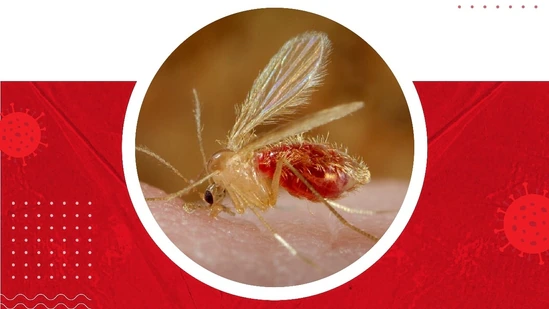
Chandipura Virus Outbreak
What is the Chandipura Virus? Symptoms, Causes, Treatment, and Prevention
The Chandipura virus (CHPV) is a vector-borne pathogen that primarily affects children and can lead to severe health outcomes, including encephalitis and death. Discovered in the village of Chandipura in Maharashtra, this virus has caused several outbreaks in India, particularly affecting states like Gujarat, Rajasthan, and Madhya Pradesh. The virus has been confirmed by the World Health Organization (WHO) to mainly affect children, with recent outbreaks leading to significant concern and action from health authorities.
What is the Chandipura Virus?
The Chandipura virus belongs to the Rhabdoviridae family and is a member of the Vesiculovirus genus. It is known for causing sporadic cases and outbreaks, especially during the monsoon season in the western, central, and southern regions of India. The National Institute of Virology (NIV) in Pune recently confirmed the death of a four-year-old girl in Gujarat due to this virus, highlighting its deadly impact on young children. The current outbreak has resulted in 15 deaths out of 29 reported cases across nearly a dozen districts, with most cases occurring in Gujarat.
Symptoms and Transmission
Chandipura virus infection presents with symptoms similar to the flu, including high fever and acute encephalitis (inflammation of the brain). The primary mode of transmission is through vectors such as sandflies, ticks, and mosquitoes. During outbreaks, the case fatality rates have been alarmingly high, with rates ranging from 56-75% in regions like Andhra Pradesh and Gujarat during the 2003-2004 outbreaks.
Common symptoms include:
- High fever
- Headache
- Vomiting
- Convulsions
- Encephalitis (brain inflammation), which can lead to seizures and coma
The virus predominantly affects children under 15 years of age, and without early intervention, it can be fatal.
Treatment
Currently, there is no specific antiviral treatment or vaccine available for the Chandipura virus. Early diagnosis and supportive care are crucial to managing the disease. The management protocol, as outlined in a 2014 document by the Gujarat government on ‘Epidemiology & Management of Chandipura Encephalitis,’ includes the following measures:
- Airway, breathing, and circulation support through oxygen therapy and ventilation if necessary
- Managing fluid and electrolyte balance
- Controlling hyperpyrexia (extremely high body temperature)
- Reducing raised intracranial pressure
- Treating seizures
- Preventing secondary bacterial infections
In response to the current outbreak, the Union Health Ministry, along with experts, has reviewed Chandipura virus cases and Acute Encephalitis Syndrome (AES) cases in affected states to improve understanding and enhance measures to combat the virus.
Preventive Measures
Given the lack of a specific treatment or vaccine, prevention focuses on vector control and maintaining hygiene. Key preventive measures include:
- Using insect repellents to prevent bites from sandflies, ticks, and mosquitoes
- Implementing environmental management to reduce vector breeding sites
- Raising awareness about the virus and its transmission methods
- Ensuring early diagnosis and immediate supportive care for suspected cases
In areas with known outbreaks, public health campaigns are essential to educate communities about the importance of personal protection and vector control. Efforts to reduce the risk of infection involve both individual actions and community-wide initiatives to manage and control vector populations.
Conclusion
The Chandipura virus poses a significant health risk, particularly to children, in regions prone to outbreaks. With no specific antiviral treatment or vaccine available, early diagnosis, supportive care, and preventive measures are crucial to managing and mitigating the impact of this virus. Continued vigilance, public health efforts, and community awareness are essential in combating the spread and effects of the Chandipura virus. As health authorities review and respond to current outbreaks, it remains vital for communities to stay informed and proactive in their prevention efforts.
Be Safe Be Safe
Indian Man Dies in Russia


